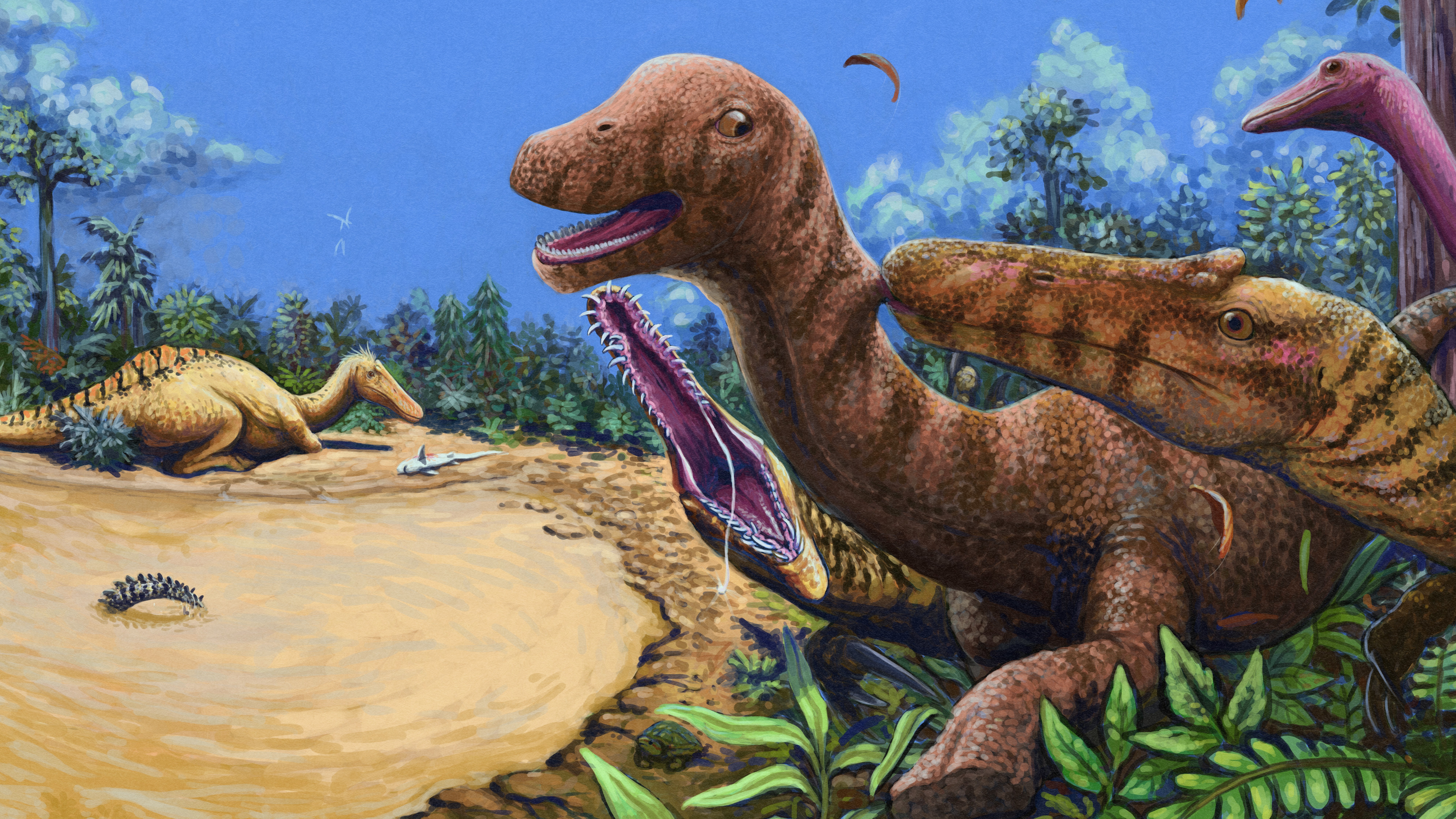Gigantic 'mud waves' buried deep beneath the ocean floor reveal dramatic formation of Atlantic when Africa and South America finally split
Enormous "mud waves" buried under the Atlantic seabed formed 117 million years ago as the Atlantic Ocean opened up.
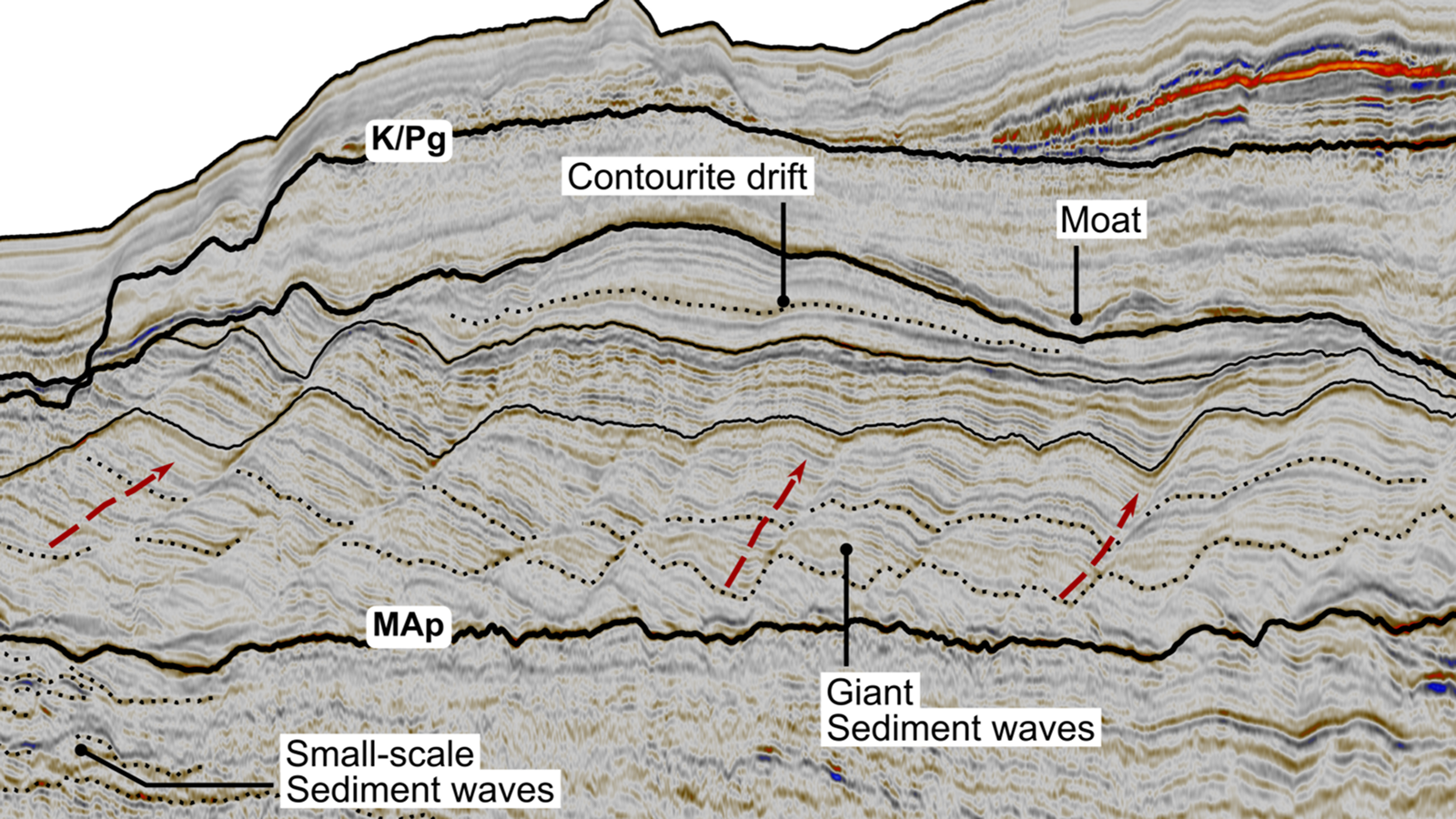
The discovery of buried "mud waves" off the coast of western Africa reveals that the Atlantic Ocean was born at least 4 million years earlier than scientists previously thought.
These waves, each hundreds of feet high and over half a mile (1 kilometer) long, were caused by the mixing of extremely salty water from the southern hemisphere with less-salty water from the northern hemisphere as South America and Africa tore apart 117 million years ago, forming the Atlantic, according to new research published in the June issue of the journal Global and Planetary Change.
Previously, the Atlantic was thought to have finished opening between 113 million and perhaps 72 million years ago.
The giant waves were found in sediment cores drilled from 0.6 mile (1 km) below the seabed about 250 miles (400 km) west of Guinea-Bissau in 1975, as part of the Deep Sea Drilling Project. The ocean-drilling project confirmed that Earth's surface is broken into rafts of ever-moving tectonic plates.
Related: Sleeping subduction zone could awaken and form a new 'Ring of Fire' that swallows the Atlantic Ocean
In further studying these cores, Heriot-Watt University geologists Débora Duarte and Uisdean Nicholson found evidence of huge mud waves in this region, which would have been the last spot to pull apart when Africa and South America split.
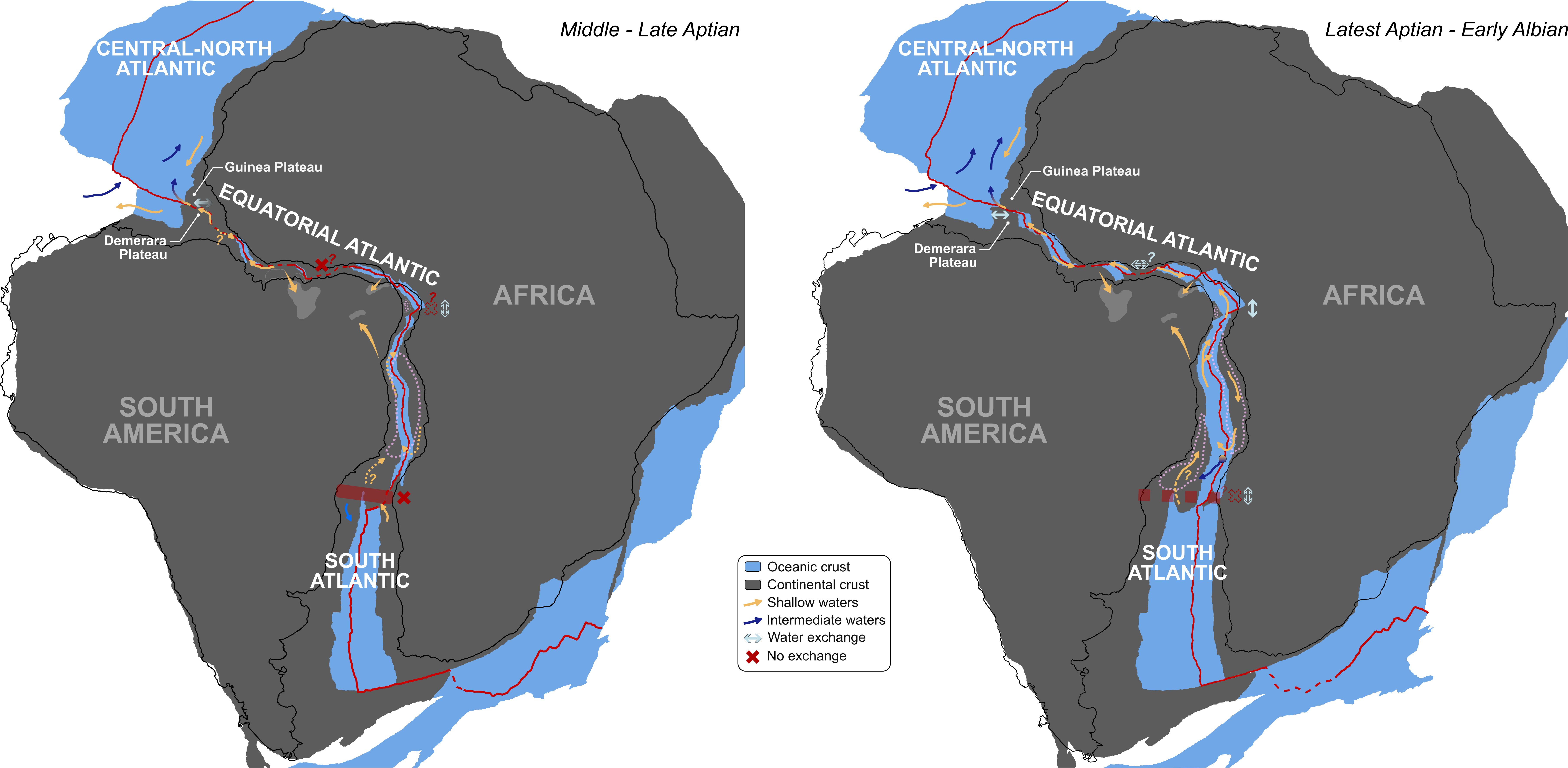
"Imagine one-kilometre-long waves, a few hundred metres high: a whole field formed in one particular location to the west of the Guinea Plateau, just at the final 'pinch-point' of the separating continents of South America and Africa," Nicholson said in a statement. "They formed because of dense, salty water cascading out of the newly formed gateway."
Get the world’s most fascinating discoveries delivered straight to your inbox.
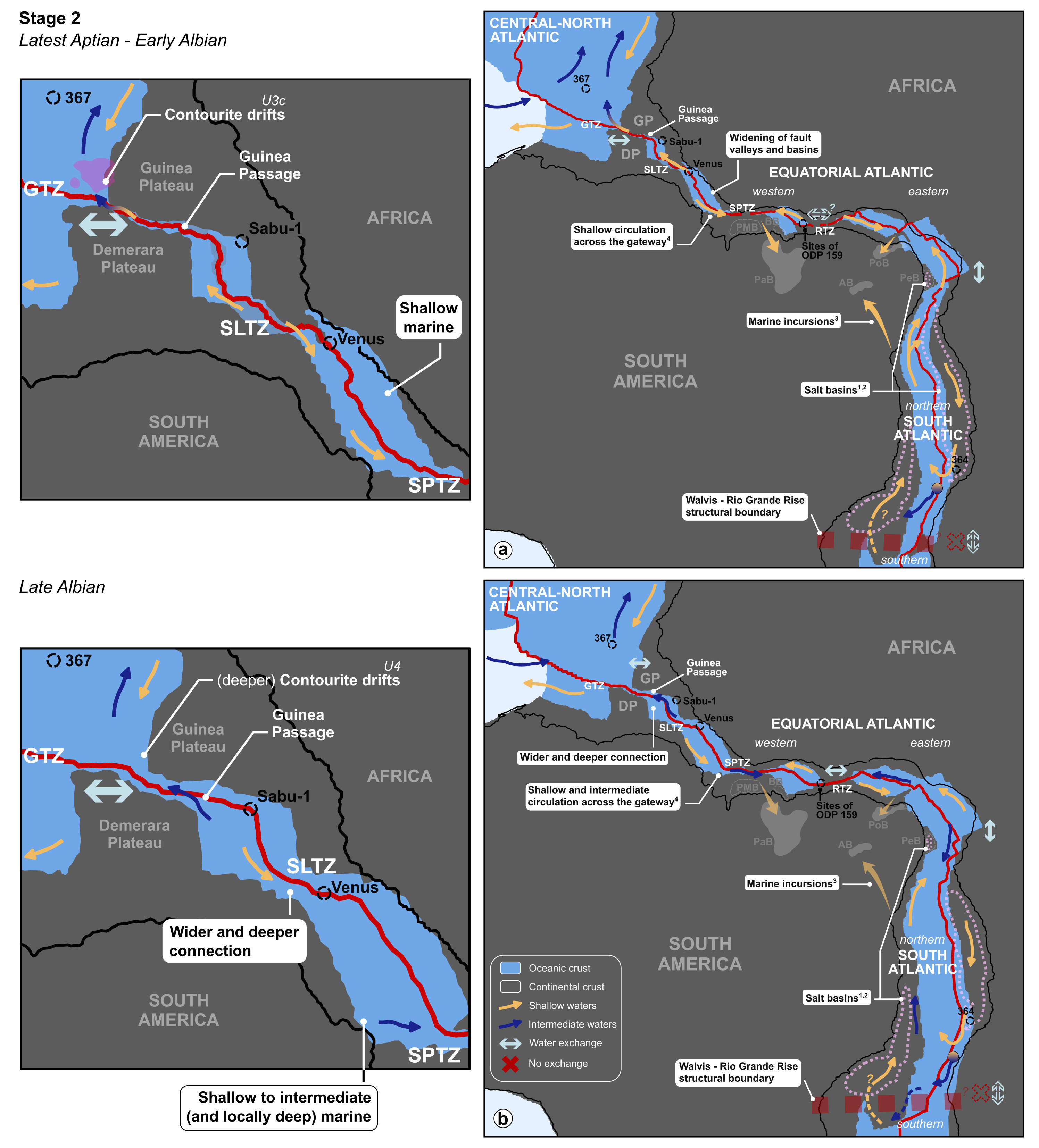
Before the Atlantic split South America and Africa for good, the final connection between the two continents would have been a series of deep basins, which were probably lakes, Duarte said in the statement.
At that time, the South Atlantic was rich in salt deposits that made its water very saline, while the North Atlantic was less salty. This difference in salinity caused huge currents when the northern and southern Atlantic waters mixed. The currents, in turn, created the enormous mud waves along the seabed.
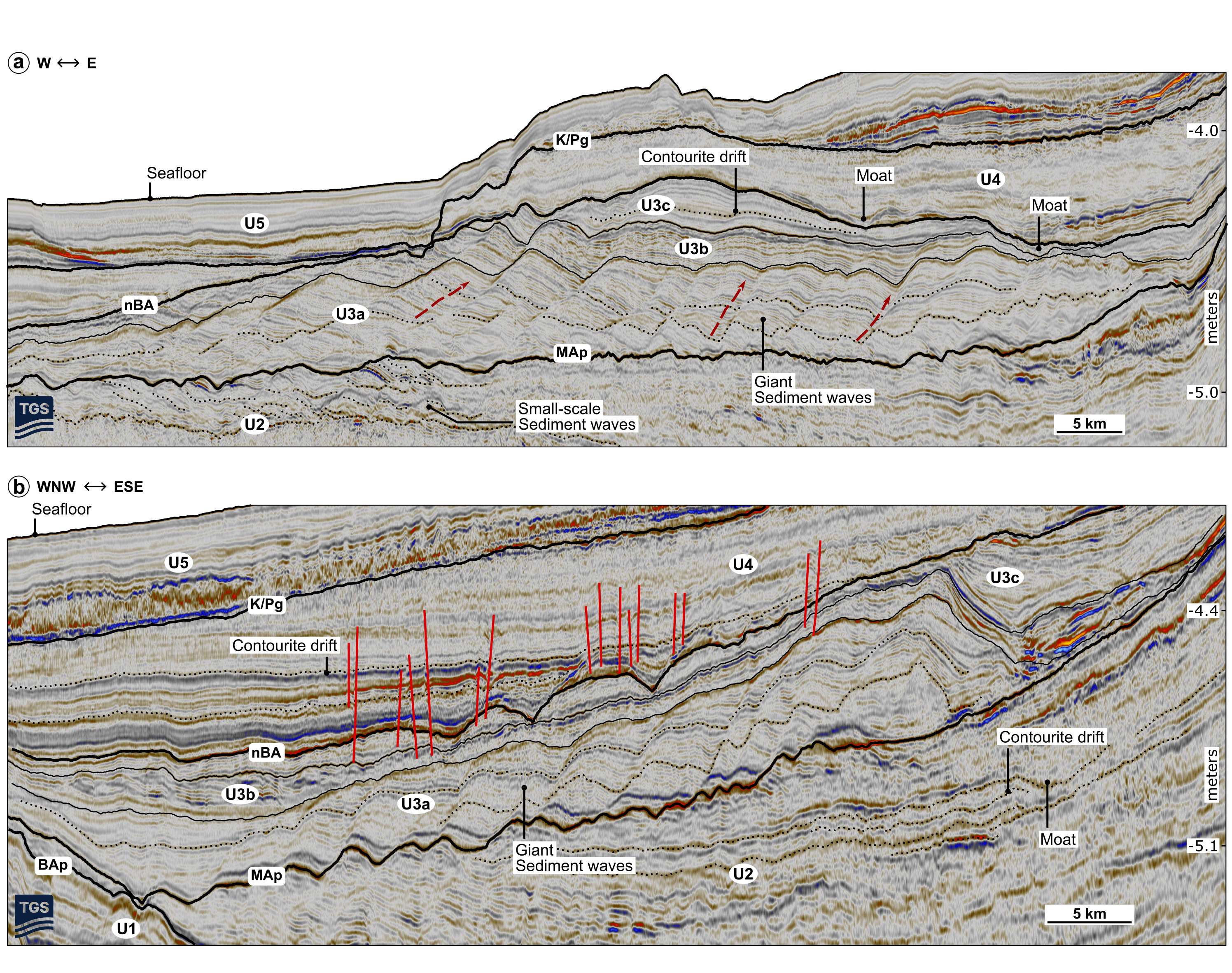
Over the eons, more sediment has buried the waves, locking them below the surface.
The existence of these waves 117 million years ago also suggests that the opening of the Atlantic caused Earth's climate to warm, Duarte said.
The basins that flooded in the final rifting of South America and Africa were rich in carbon, and the birth of the ocean would have made the sequestering of carbon less efficient. This reduced efficiency led to a period of warming between 117 million and 110 million years ago, the researchers said. After that, the ocean currents that circulate throughout the Atlantic stabilized, leading to a period of cooling.
"This shows that the gateway played a really important role in global climate change," Duarte said in the statement.

Stephanie Pappas is a contributing writer for Live Science, covering topics ranging from geoscience to archaeology to the human brain and behavior. She was previously a senior writer for Live Science but is now a freelancer based in Denver, Colorado, and regularly contributes to Scientific American and The Monitor, the monthly magazine of the American Psychological Association. Stephanie received a bachelor's degree in psychology from the University of South Carolina and a graduate certificate in science communication from the University of California, Santa Cruz.
You must confirm your public display name before commenting
Please logout and then login again, you will then be prompted to enter your display name.


